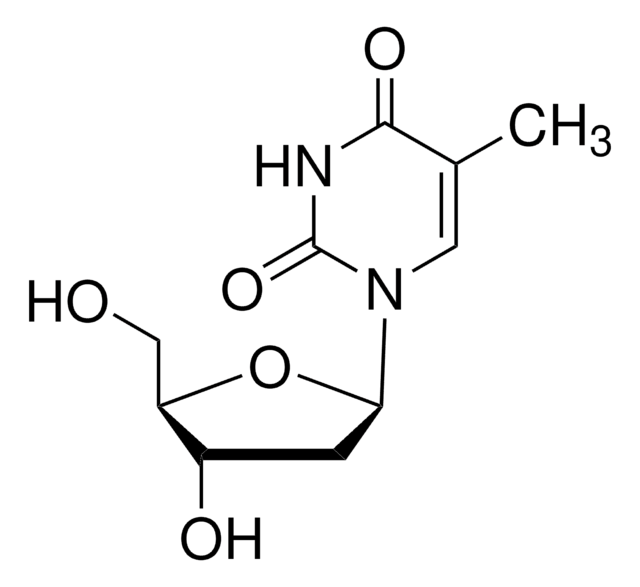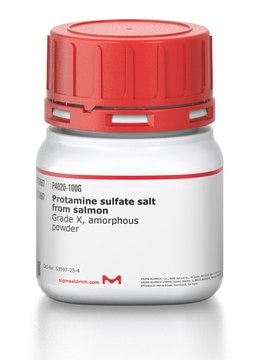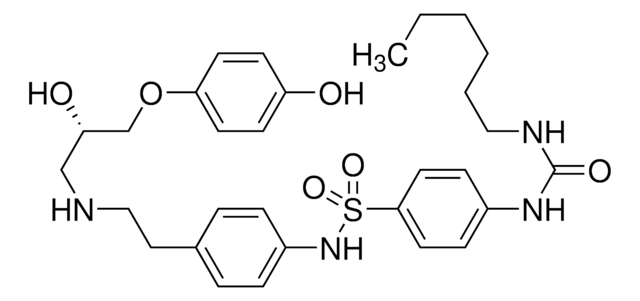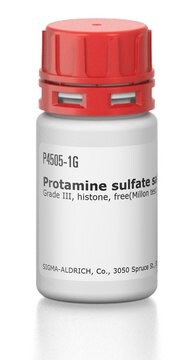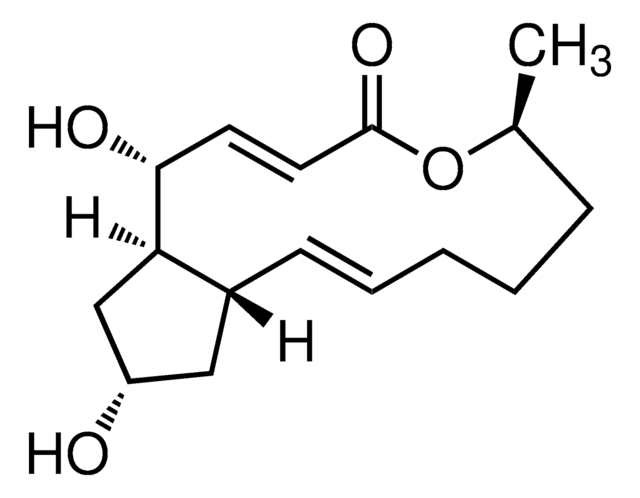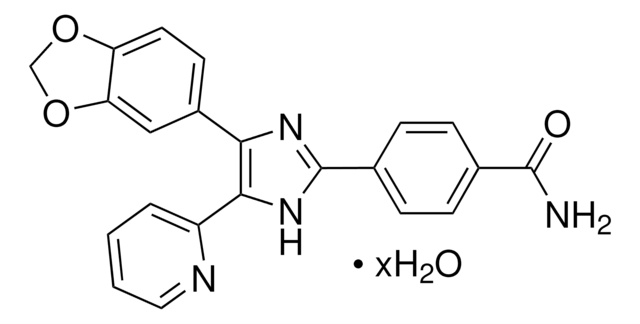R9782
RS-1
≥98% (HPLC)
Synonym(s):
3-[(benzylamino)sulfonyl]-4-bromo-N-(4-bromophenyl)benzamide, 4-Bromo-N-(4-bromophenyl)-3-[[(phenylmethyl)amino]sulfonyl]-benzamide, RAD51-stimulatory compound 1
About This Item
Recommended Products
Quality Level
assay
≥98% (HPLC)
form
powder
color
off-white to light tan
solubility
DMSO: ≥10 mg/mL
storage temp.
room temp
SMILES string
Brc1ccc(NC(=O)c2ccc(Br)c(c2)S(=O)(=O)NCc3ccccc3)cc1
InChI
1S/C20H16Br2N2O3S/c21-16-7-9-17(10-8-16)24-20(25)15-6-11-18(22)19(12-15)28(26,27)23-13-14-4-2-1-3-5-14/h1-12,23H,13H2,(H,24,25)
InChI key
SWKAVEUTKGKHSR-UHFFFAOYSA-N
Application
- as a homology-directed repair (HDR) agonist to study its effects on in human hematopoietic stem/progenitor cells (HSPCs)
- as HDR agonist to analyze its effects on DNA repair modulation in human induced pluripotent stem (iPS) cells
- as RAD51 agonist to study its effects on double-stranded break repair
Biochem/physiol Actions
Storage Class
11 - Combustible Solids
wgk_germany
WGK 3
flash_point_f
Not applicable
flash_point_c
Not applicable
Certificates of Analysis (COA)
Search for Certificates of Analysis (COA) by entering the products Lot/Batch Number. Lot and Batch Numbers can be found on a product’s label following the words ‘Lot’ or ‘Batch’.
Already Own This Product?
Find documentation for the products that you have recently purchased in the Document Library.
Customers Also Viewed
Articles
The CRISPR-Cas9 system is an RNA-guided genome-editing tool that provides researchers a simple, easy, and quick way to modify the genomes of various organisms.
Our team of scientists has experience in all areas of research including Life Science, Material Science, Chemical Synthesis, Chromatography, Analytical and many others.
Contact Technical Service